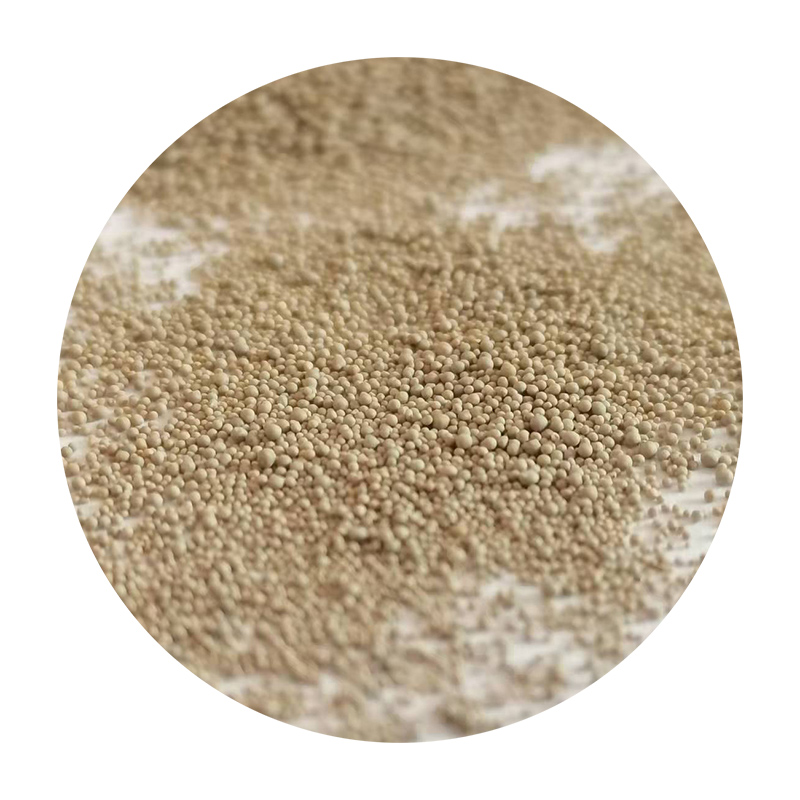The Significance of Iron Sand Casting in Modern Manufacturing
Iron sand casting is a traditional yet highly effective manufacturing process that has garnered attention in recent years due to its versatility and efficiency. This casting method involves using iron sand, a natural resource abundant in certain regions, as the primary material for creating intricate metal components. With the increasing demand for high-quality metal products across various industries, iron sand casting has emerged as a significant player in the manufacturing landscape.
One of the key advantages of iron sand casting is its ability to produce complex shapes with high precision. The fine granules of iron sand allow for detailed mold designs, ensuring that even the most intricate features of a component are accurately replicated. This precision is particularly important in industries such as automotive and aerospace, where the performance and reliability of parts are critical. The ability to produce complex geometries without the need for extensive machining reduces production time and costs, making it a preferred choice for many manufacturers.
Moreover, the use of iron sand in casting offers environmental benefits. Traditional metal casting processes often rely on fossil fuels and other non-renewable resources, contributing to environmental degradation. In contrast, iron sand is a naturally occurring material that can be sustainably harvested. Many manufacturers are now looking for ways to minimize their carbon footprint, and incorporating iron sand into their casting processes is a step in the right direction.
iron sand casting

Iron sand casting also provides excellent mechanical properties for the finished products. Castings produced using this method typically exhibit high strength, durability, and wear resistance, which are essential qualities for components subject to heavy loads and harsh conditions. This makes iron sand casting a suitable choice for producing items such as engine blocks, gears, and industrial machinery parts.
Additionally, the adaptability of iron sand casting allows for the integration of modern technologies. The rise of 3D printing has opened new avenues for mold creation, further enhancing the efficiency and capabilities of iron sand casting. By combining traditional methods with advanced technologies, manufacturers can streamline their production processes, reduce waste, and even customize components for specific applications.
In conclusion, iron sand casting is a vital manufacturing technique that combines traditional craftsmanship with modern advancements. Its ability to produce complex shapes with high precision, coupled with the environmental benefits and superior mechanical properties of the final products, make it an attractive option for various industries. As manufacturers continue to seek sustainable and efficient production methods, the significance of iron sand casting is likely to grow, ensuring its place as a cornerstone of modern manufacturing for years to come.
Post time:Out . 07, 2024 20:50
Next:çeşit kum kastısı
